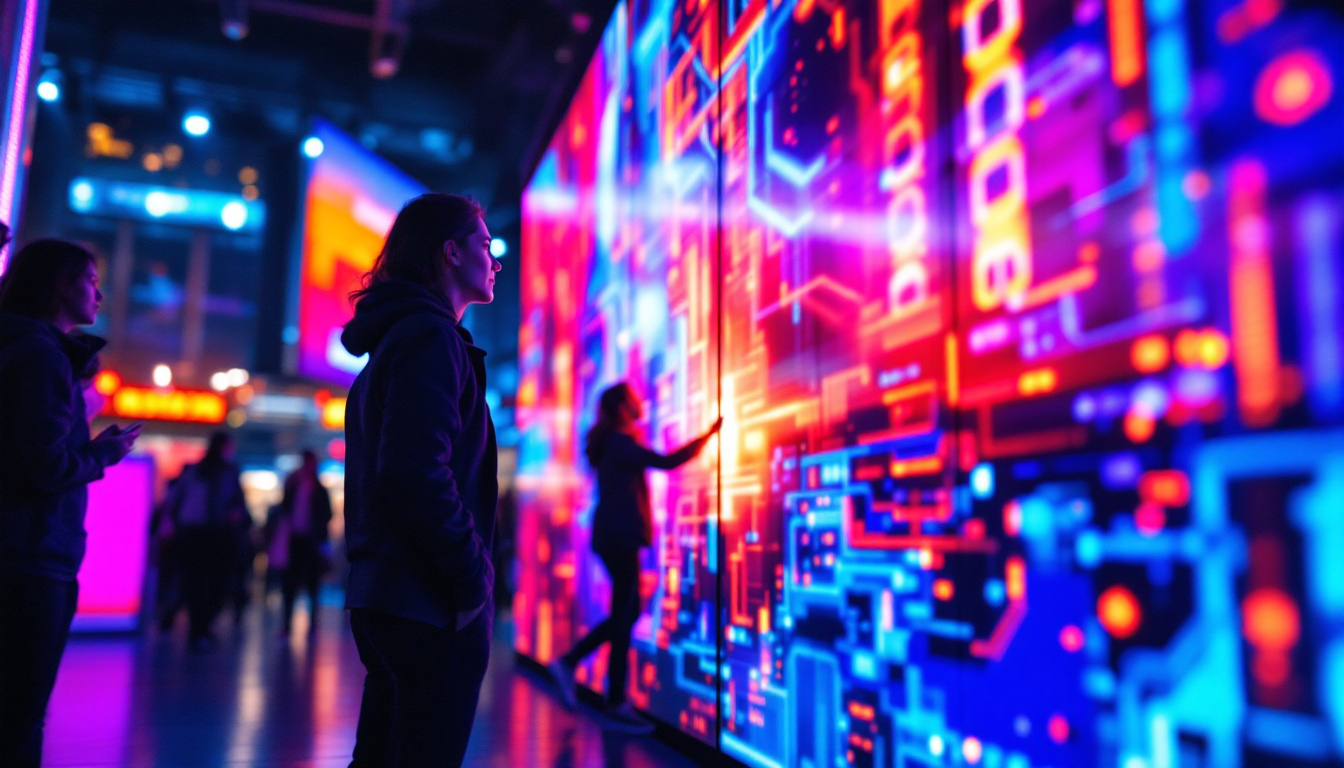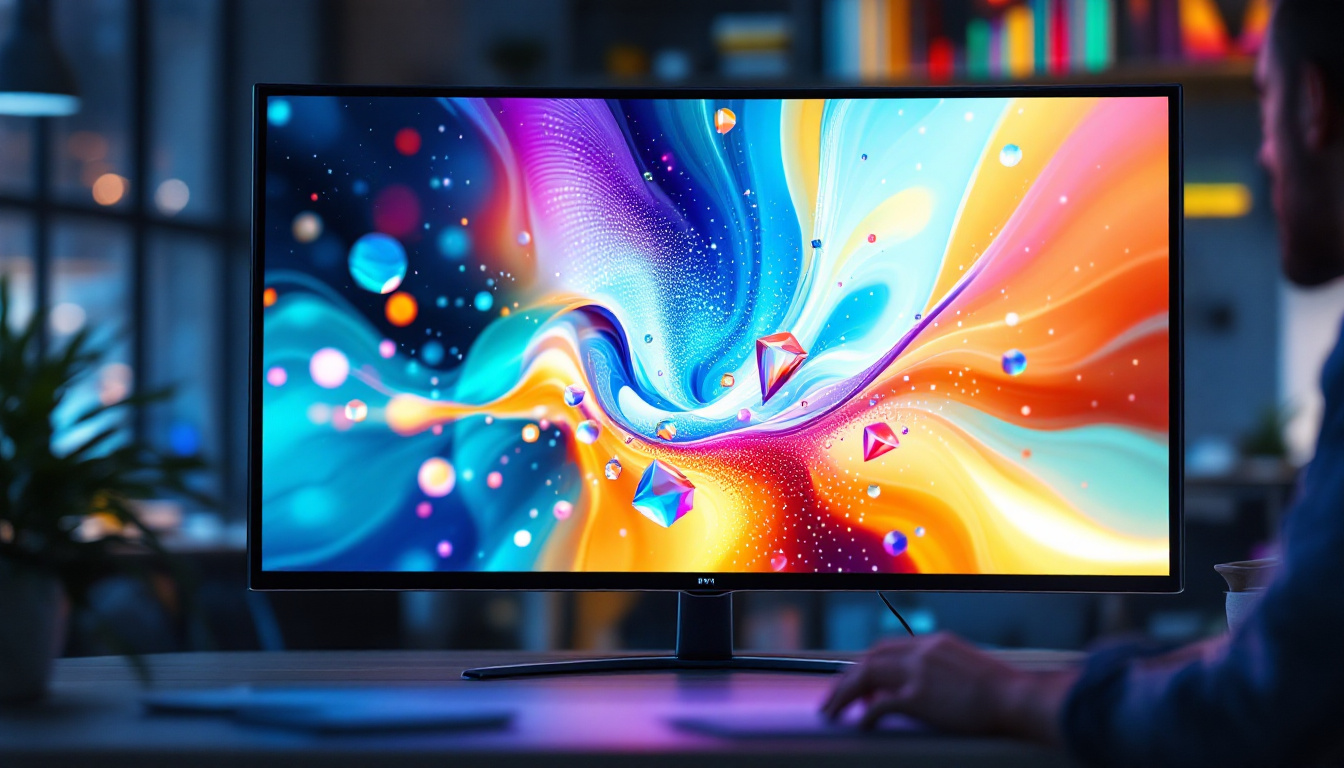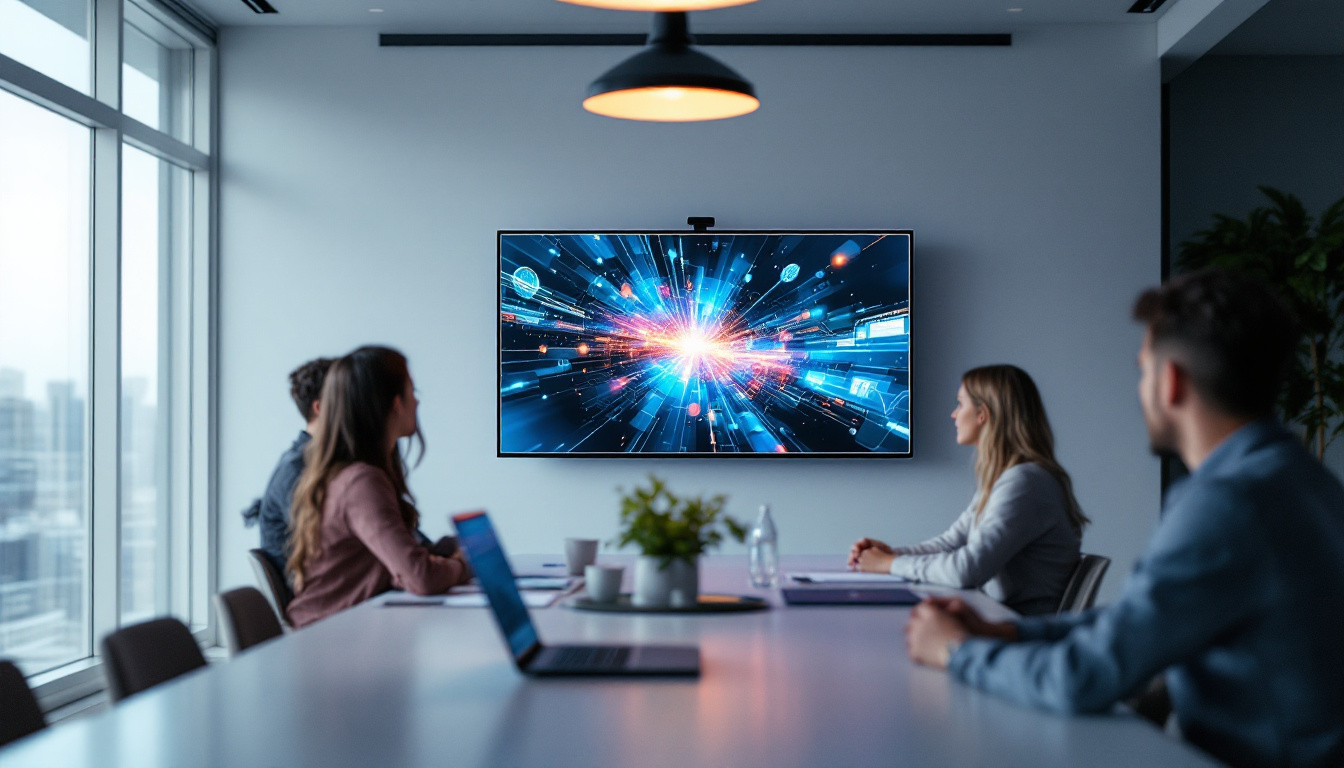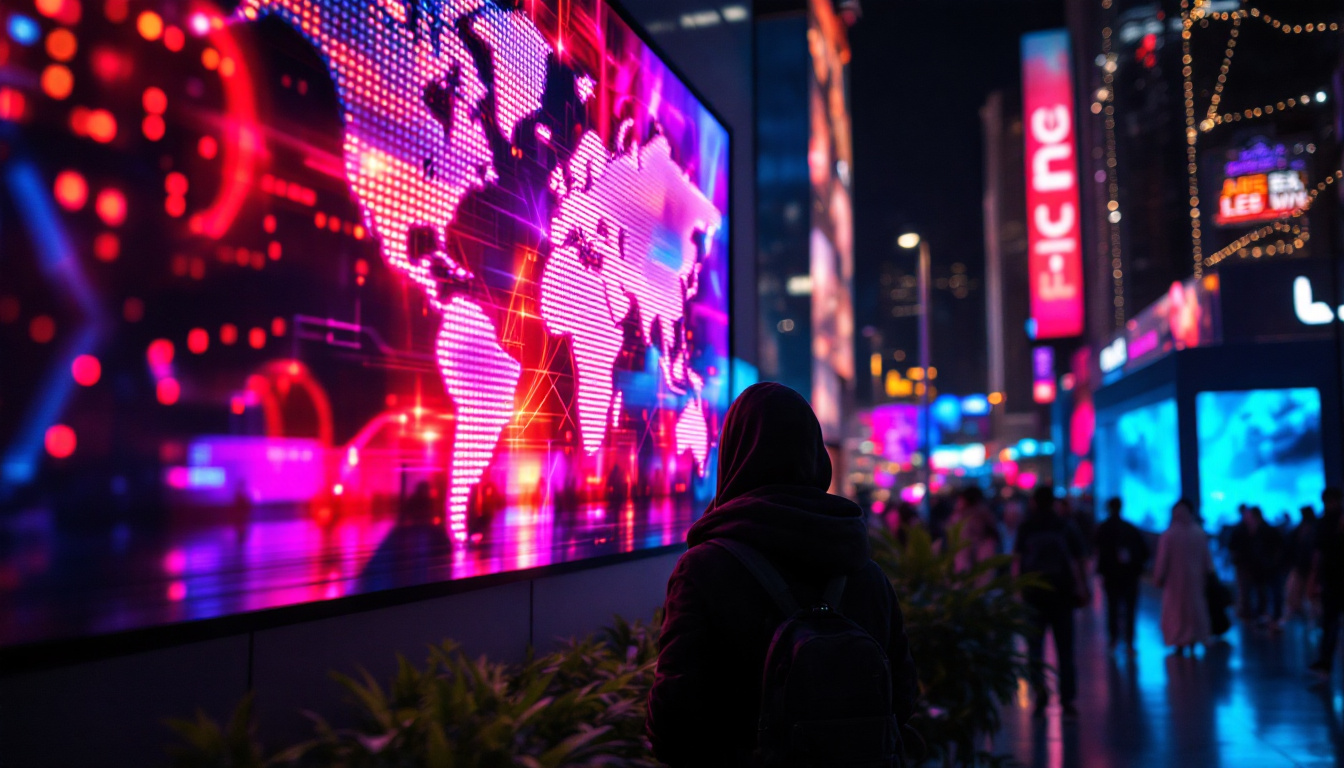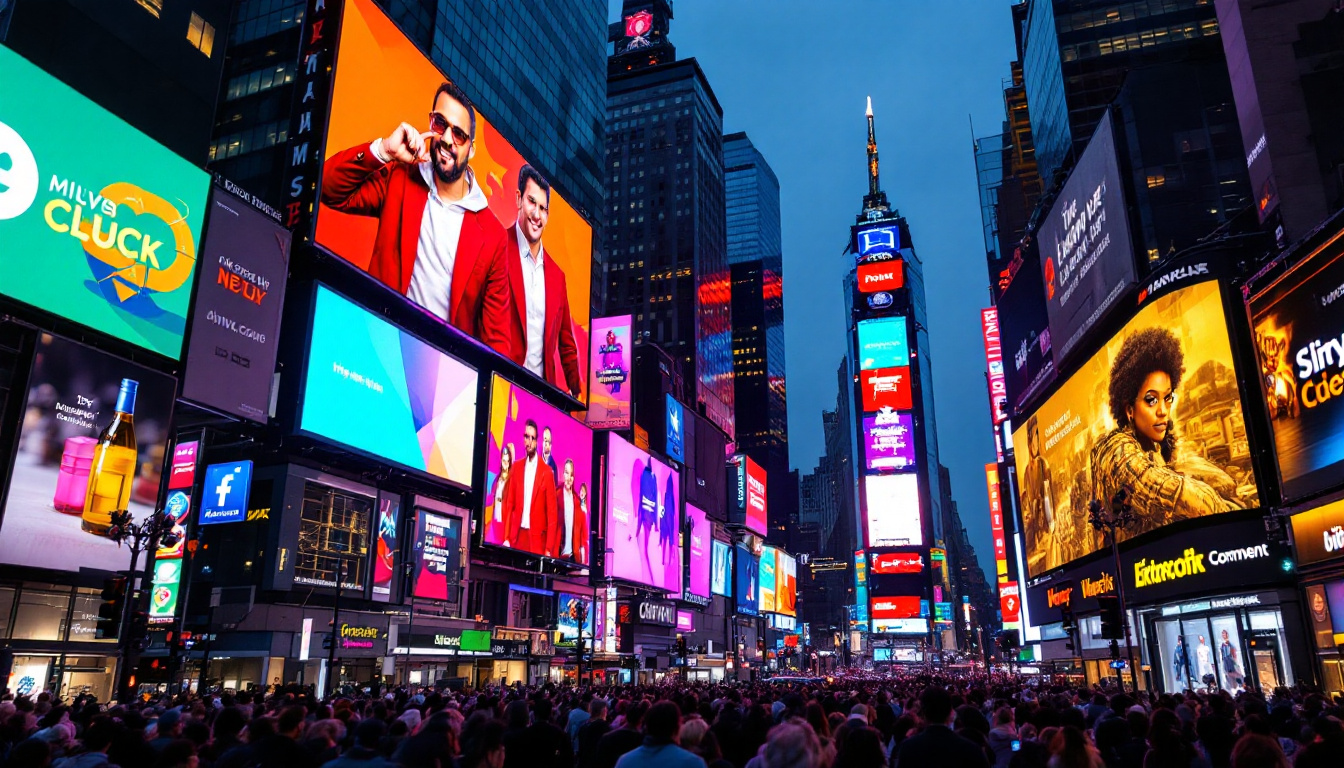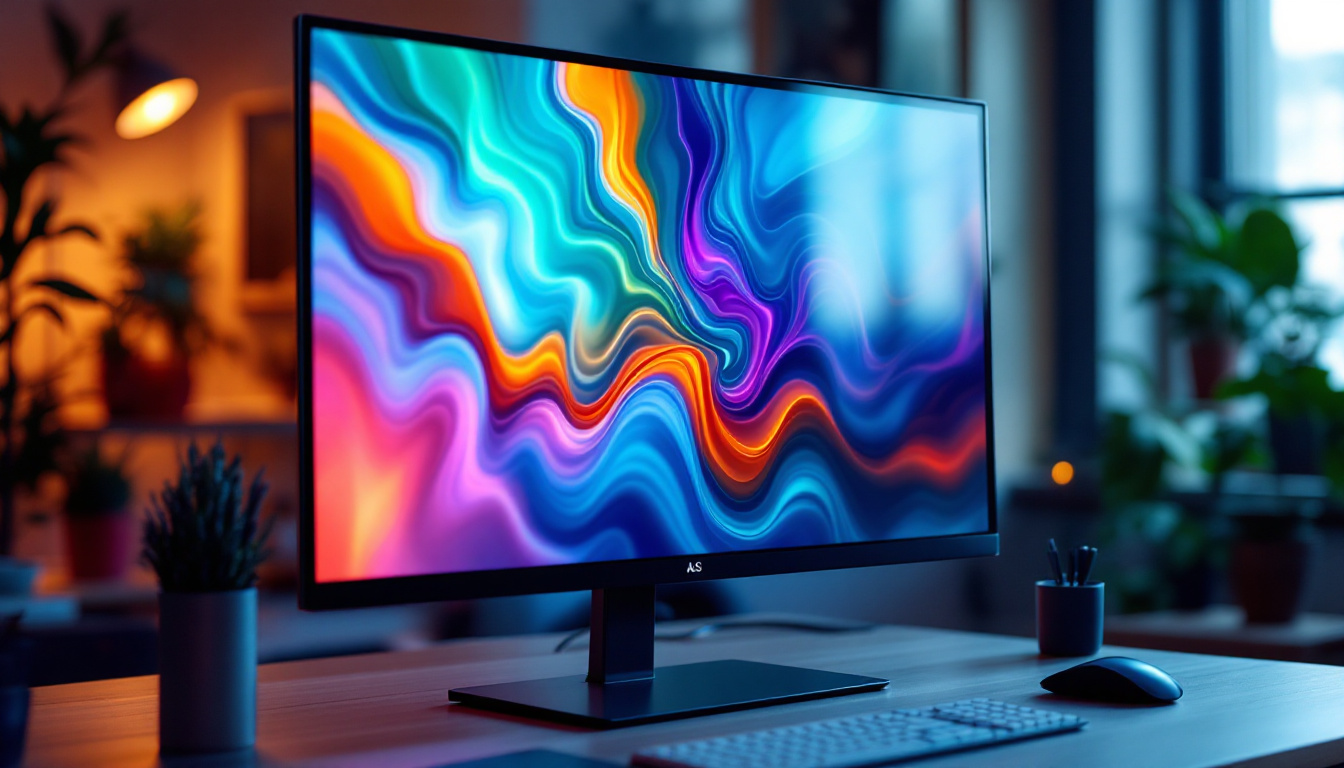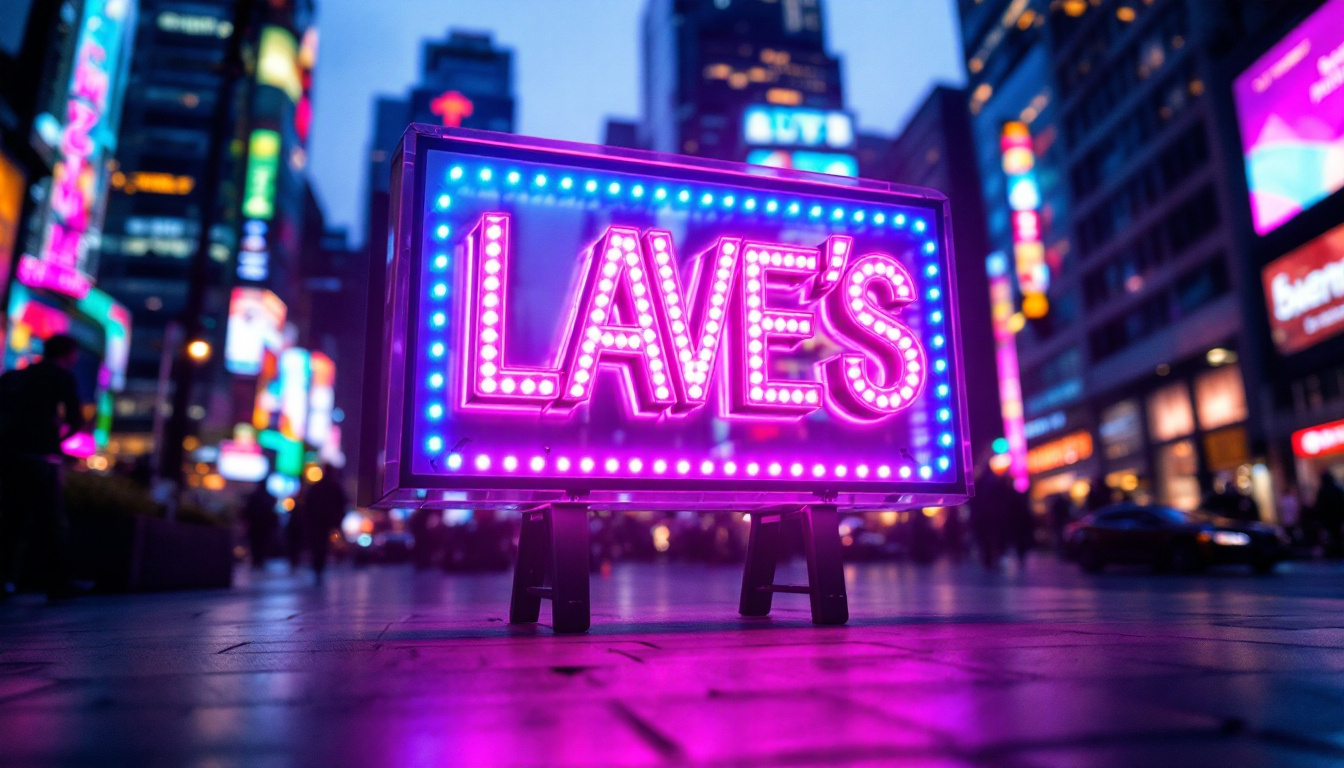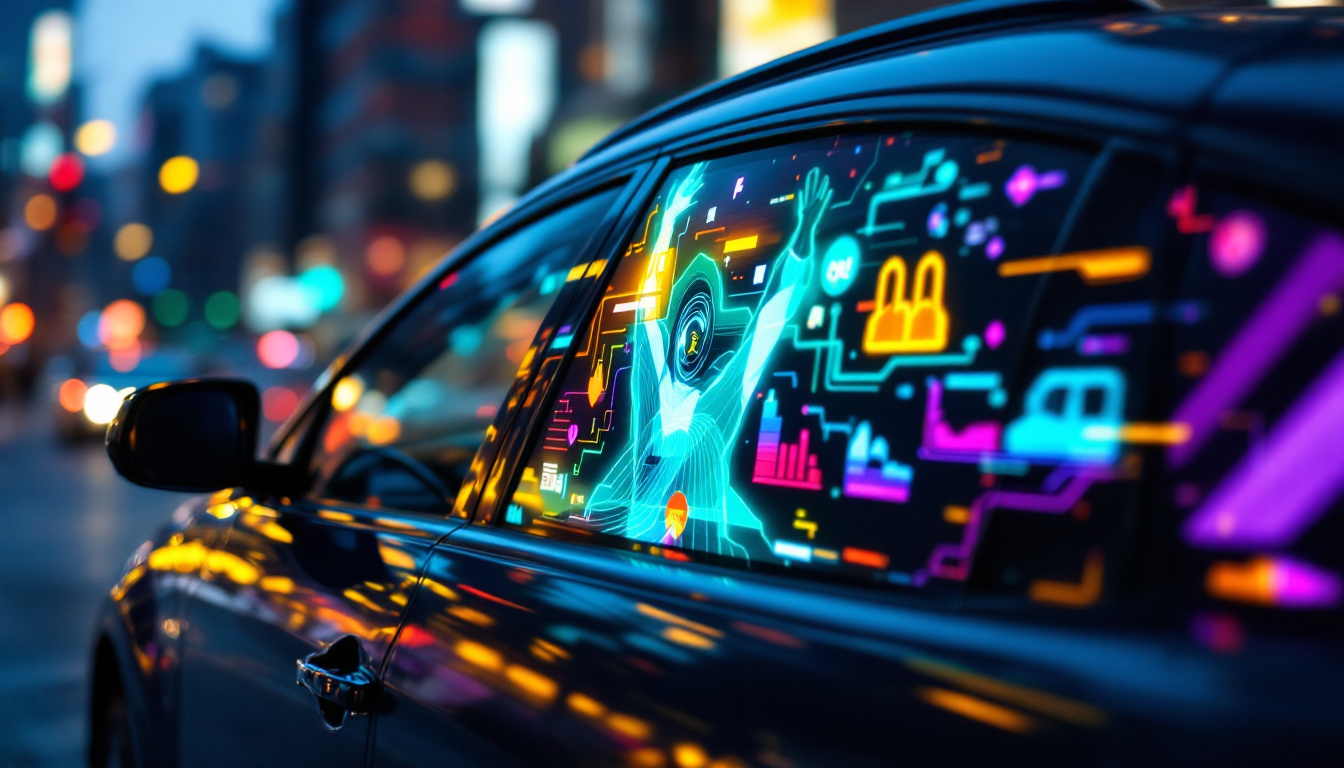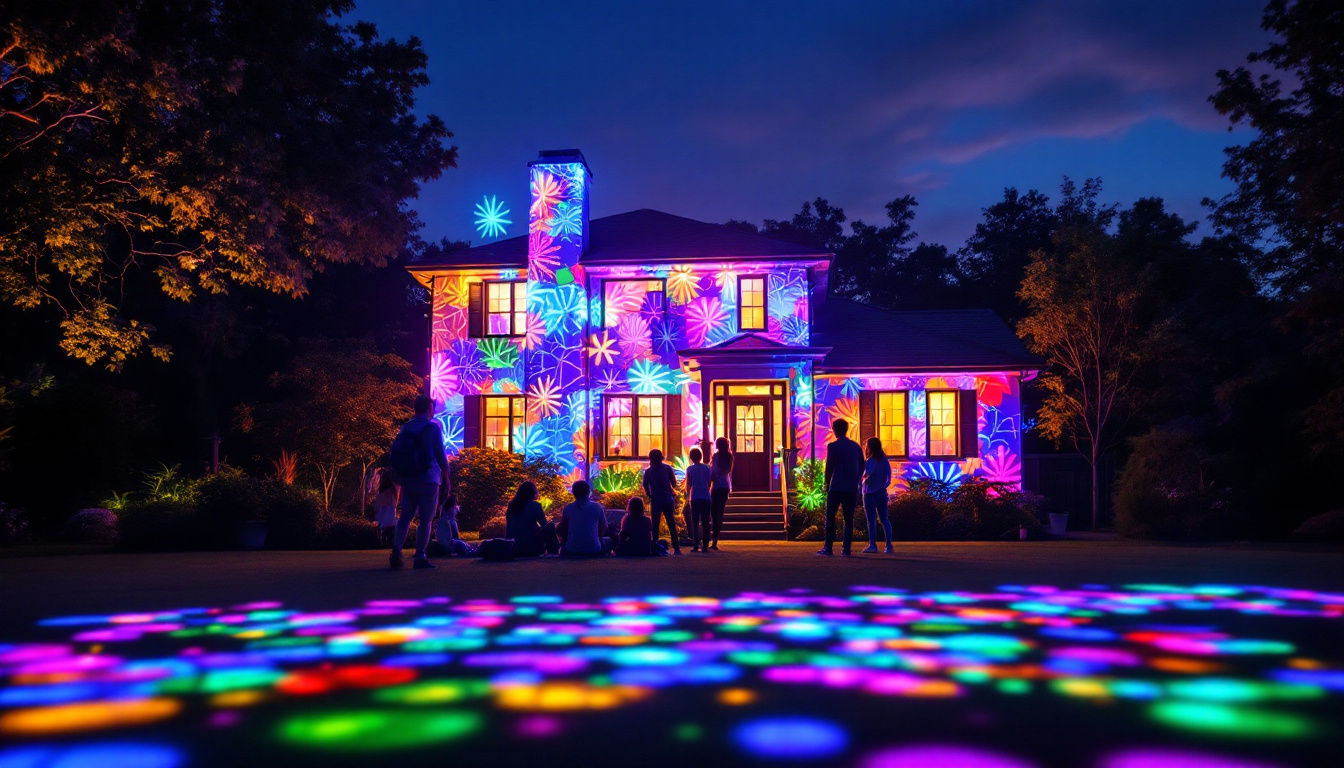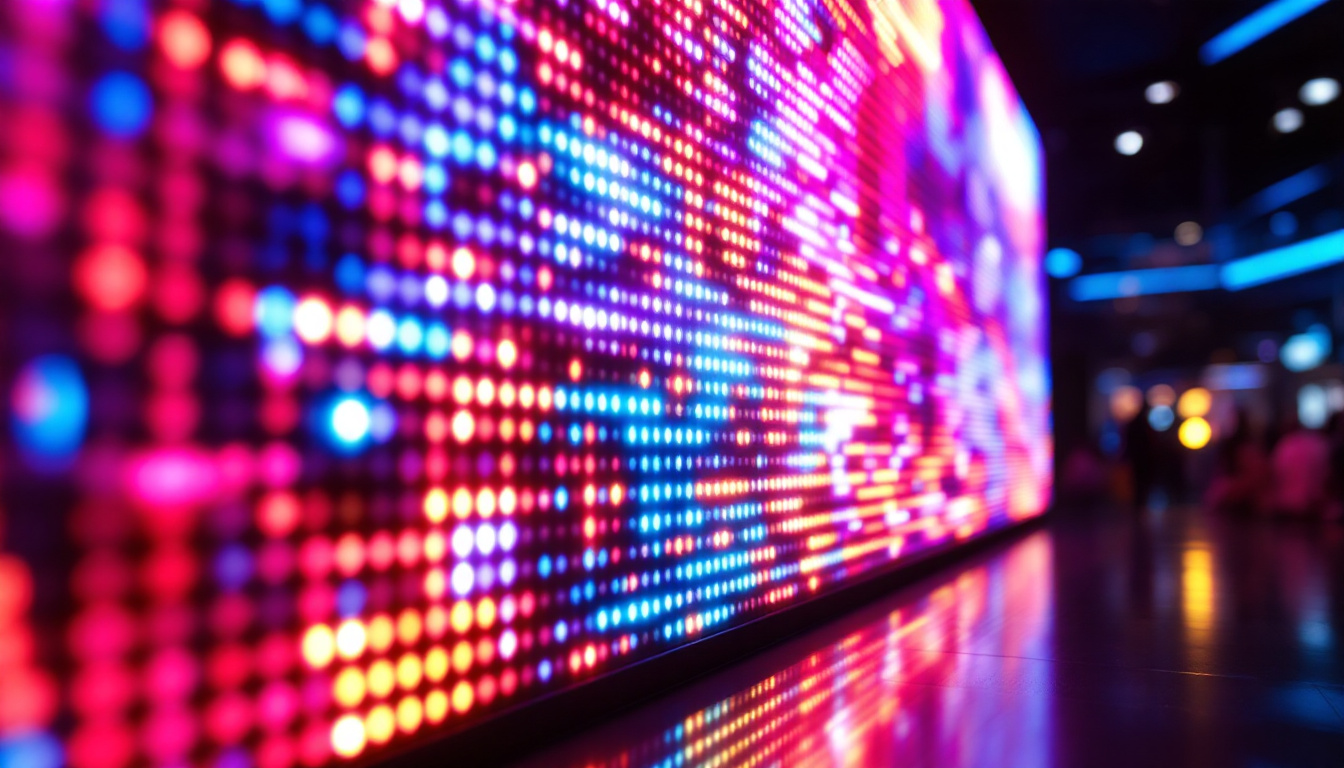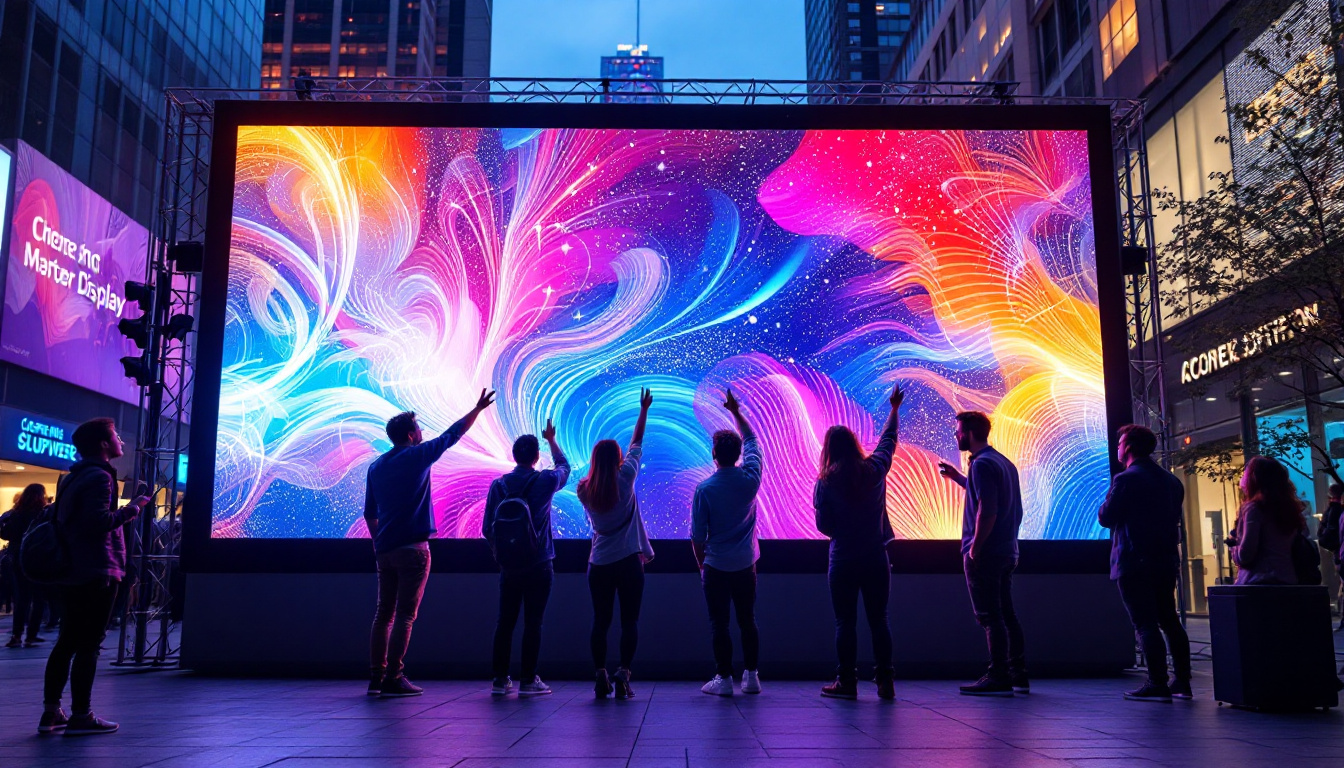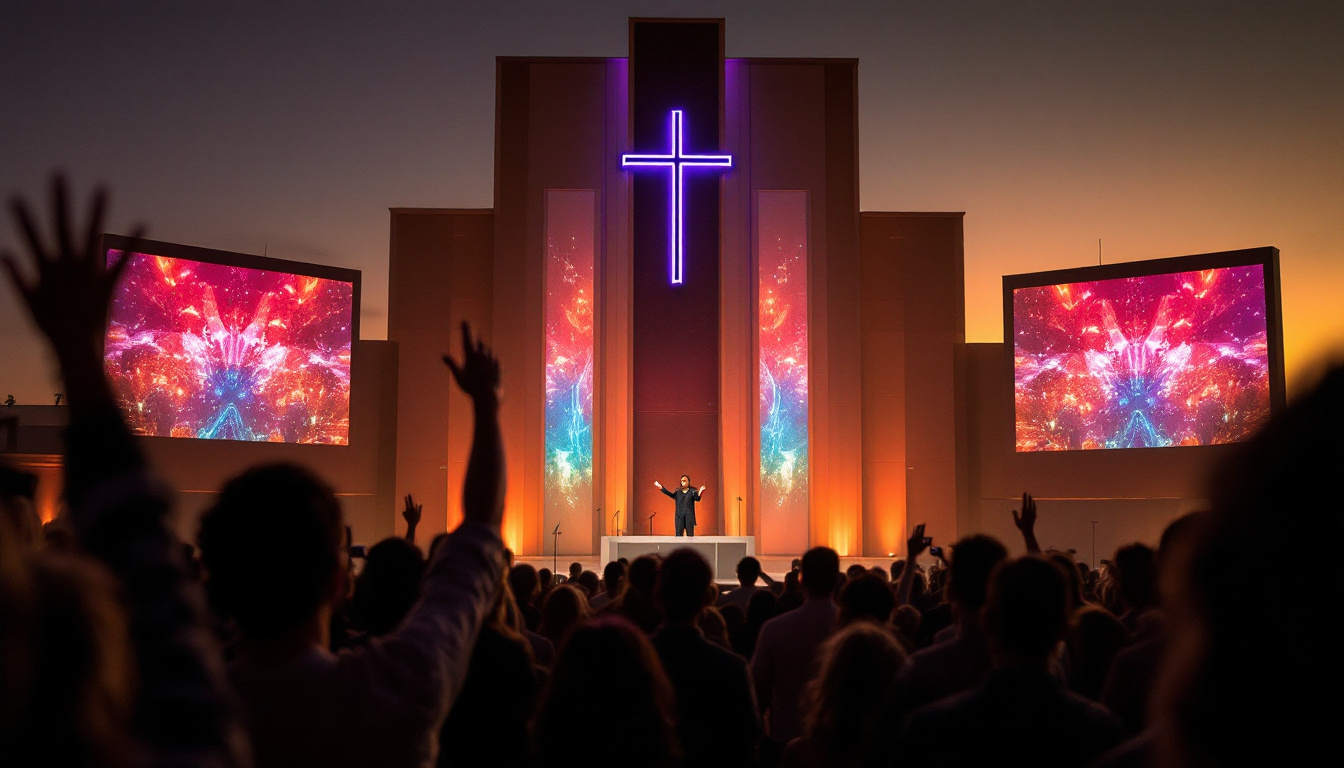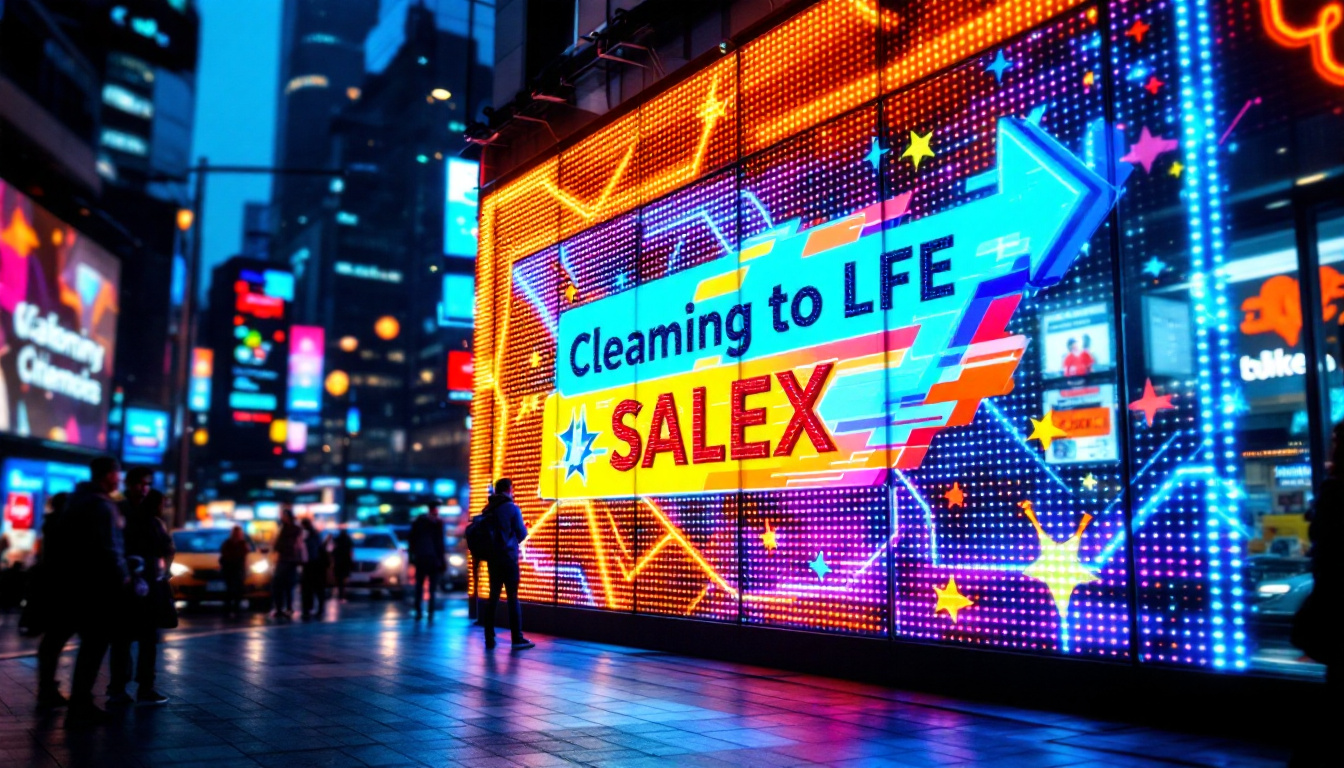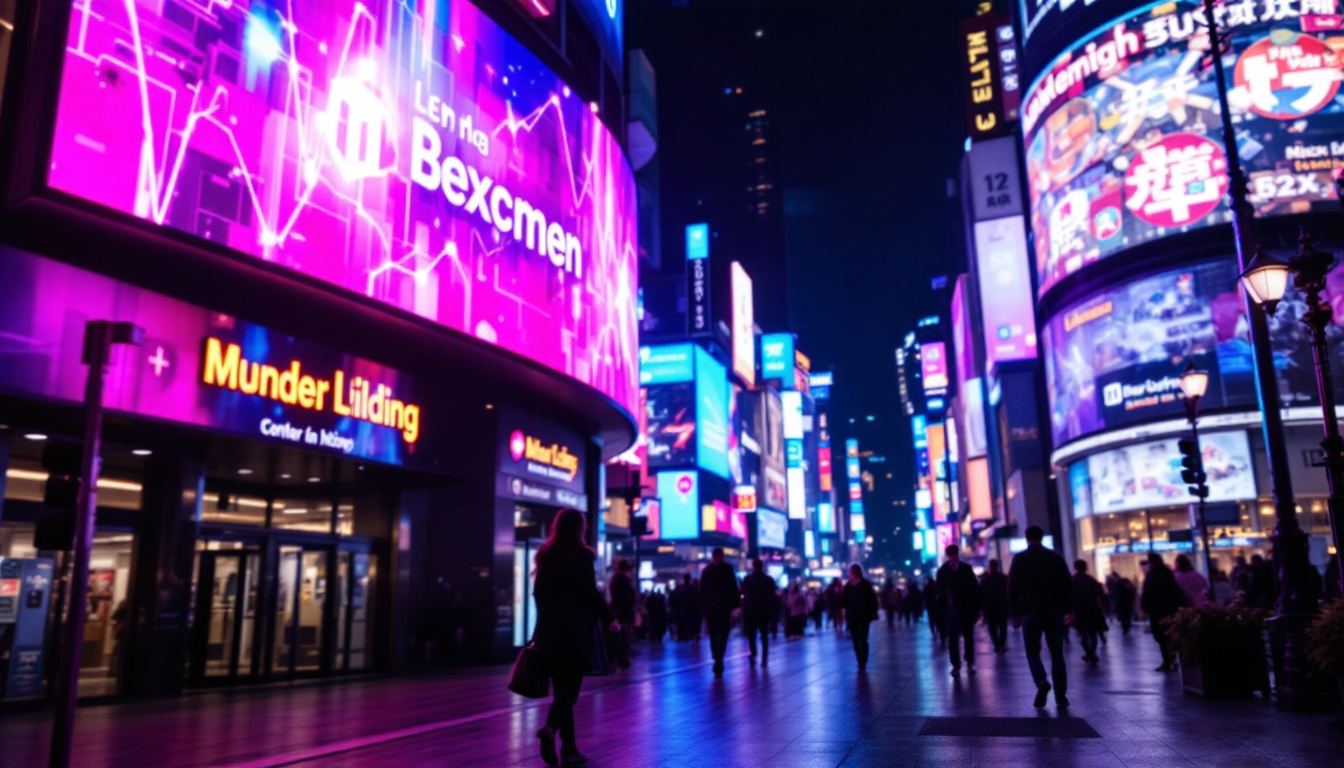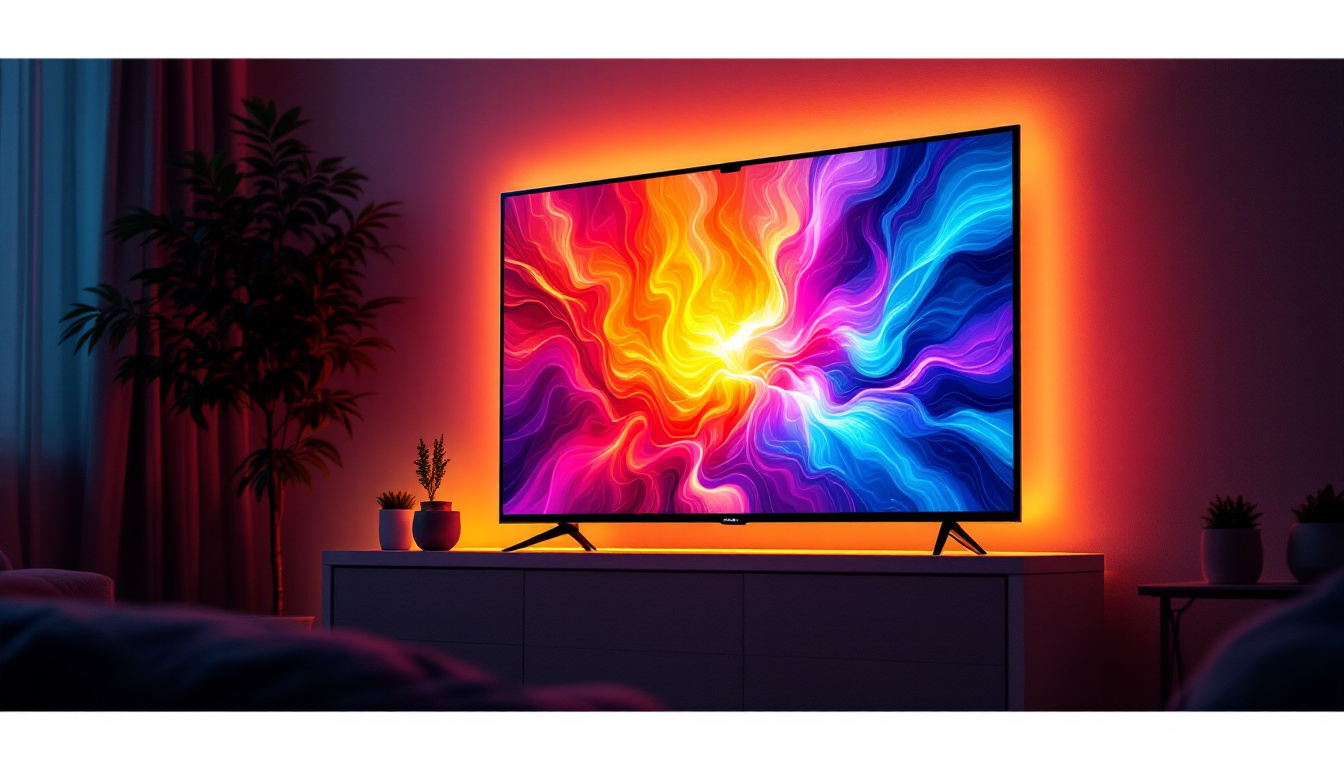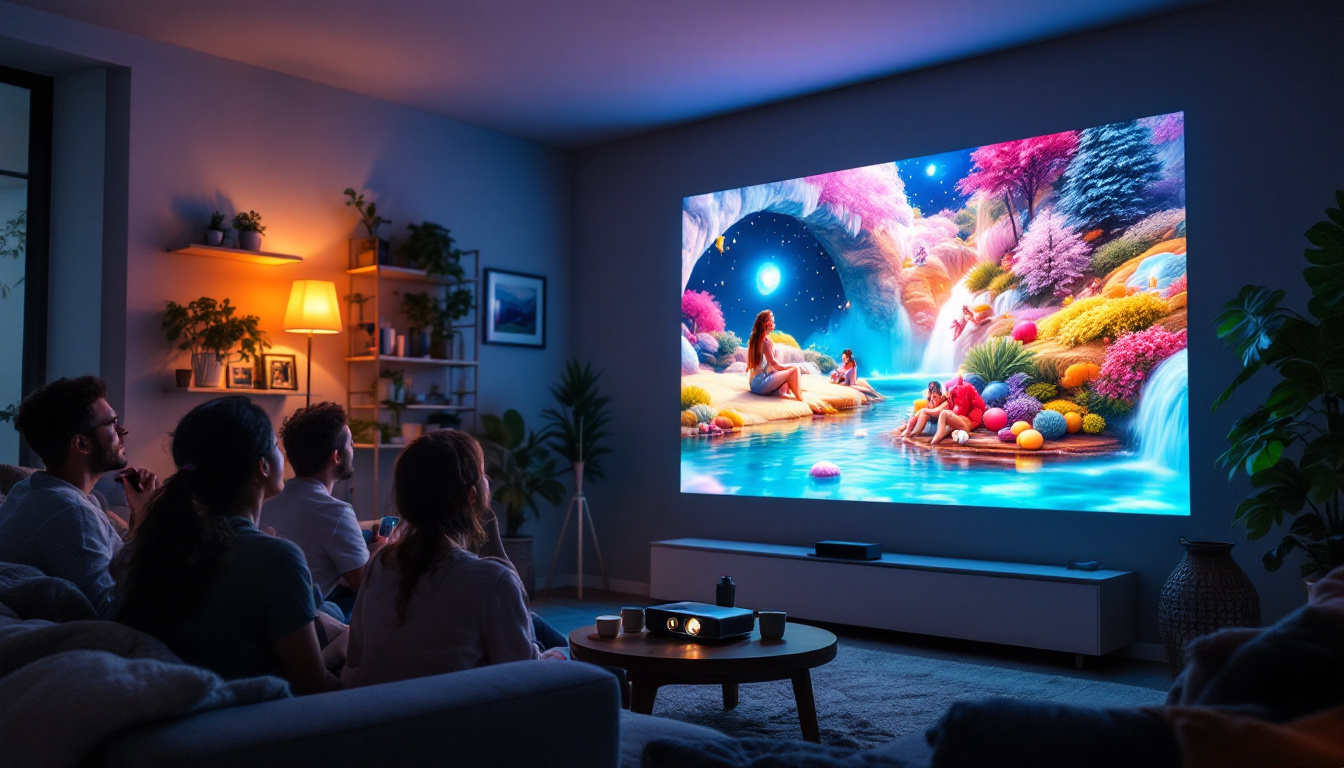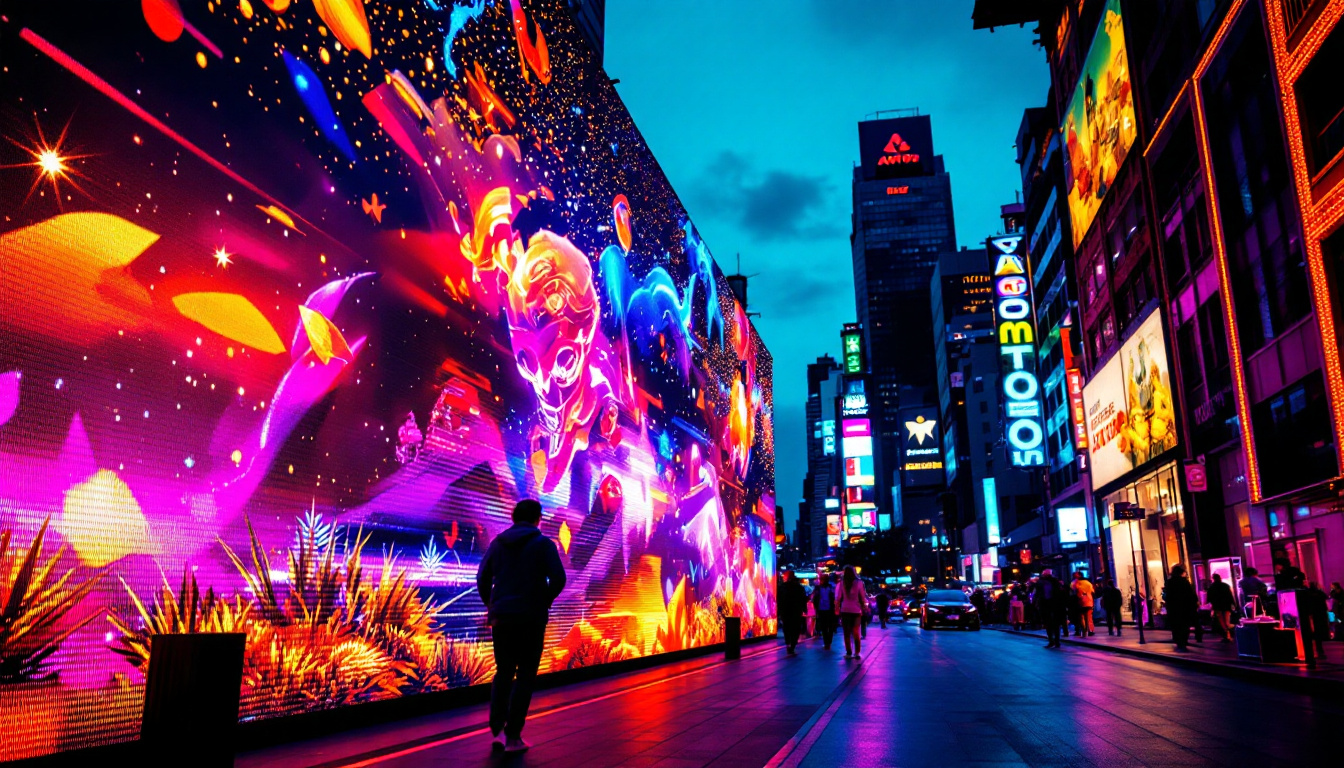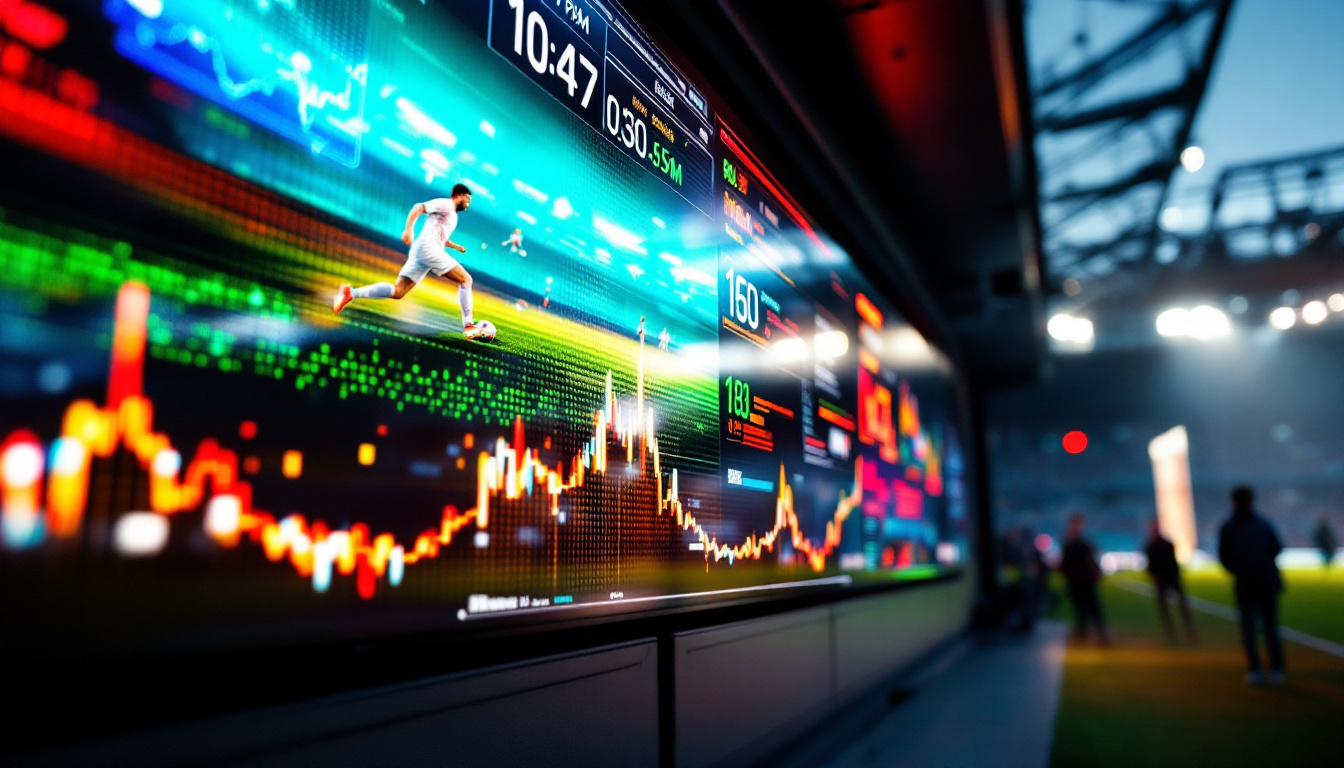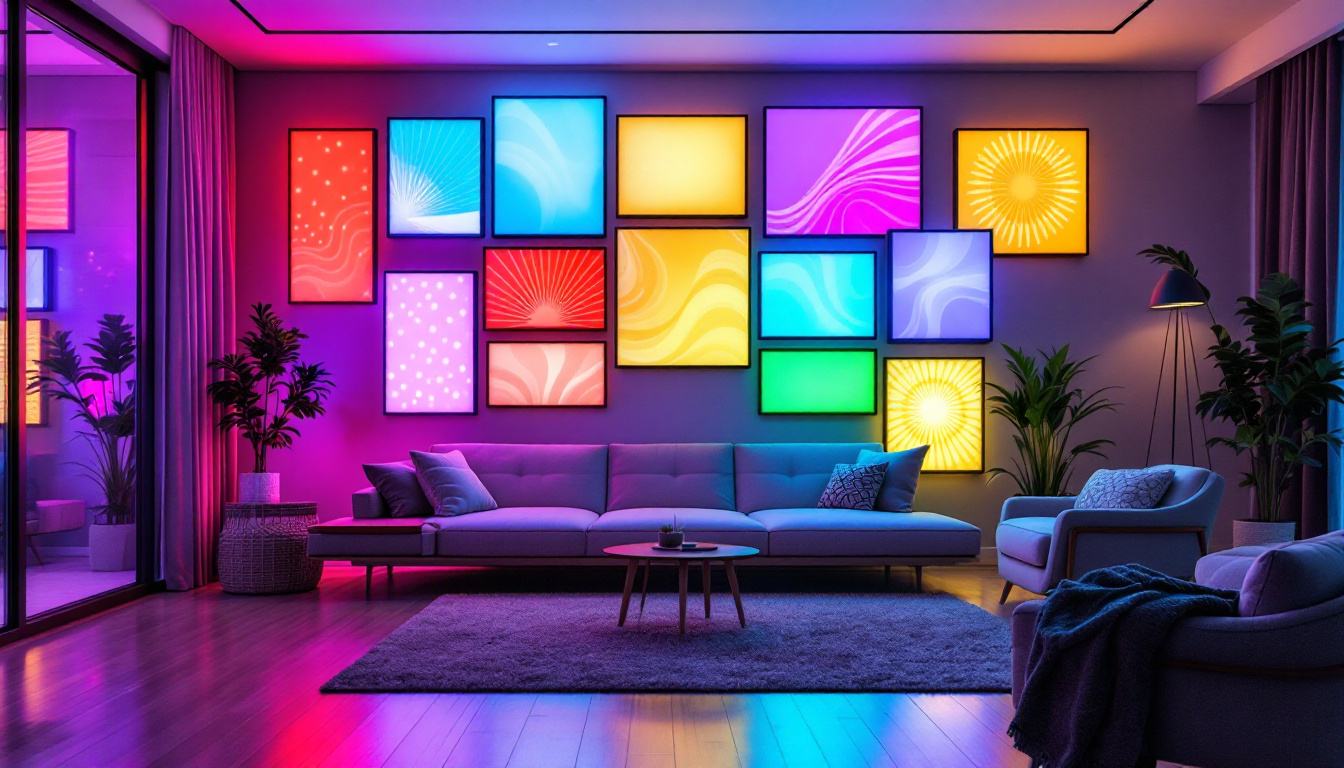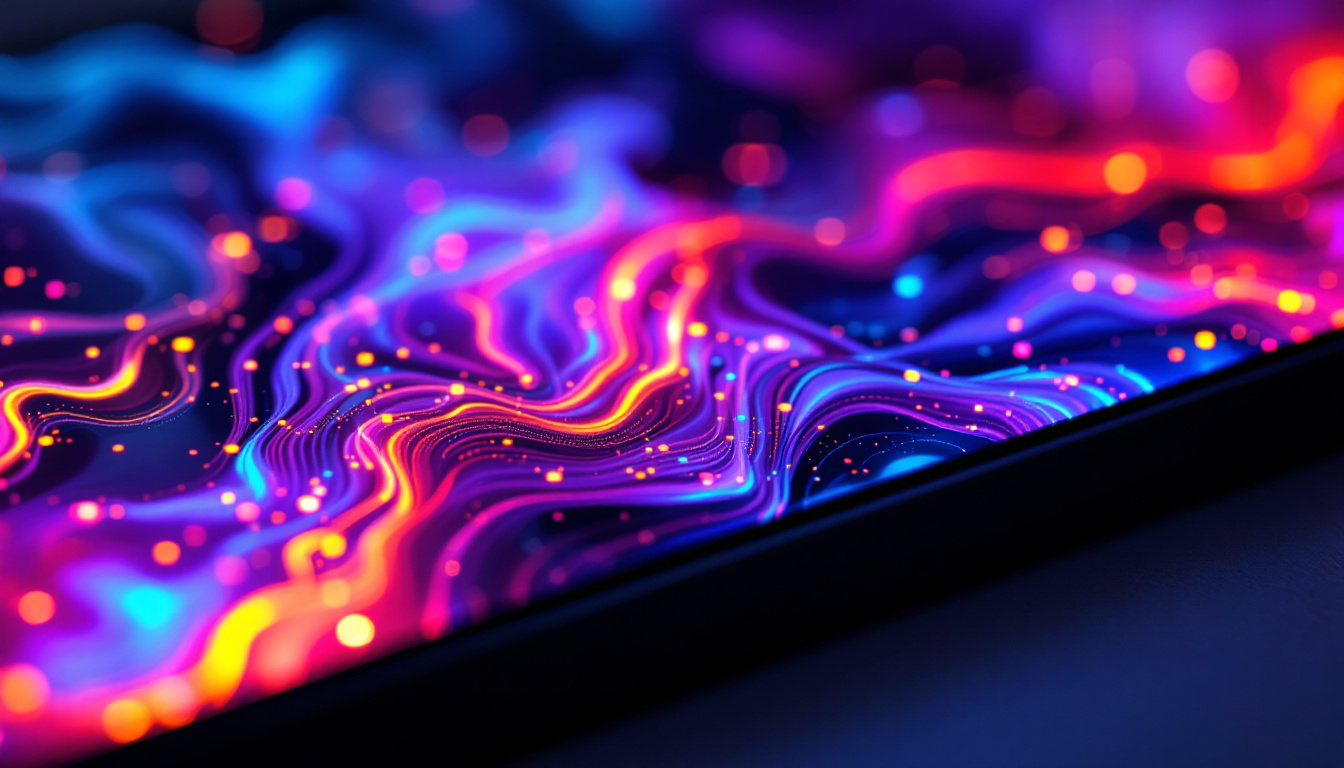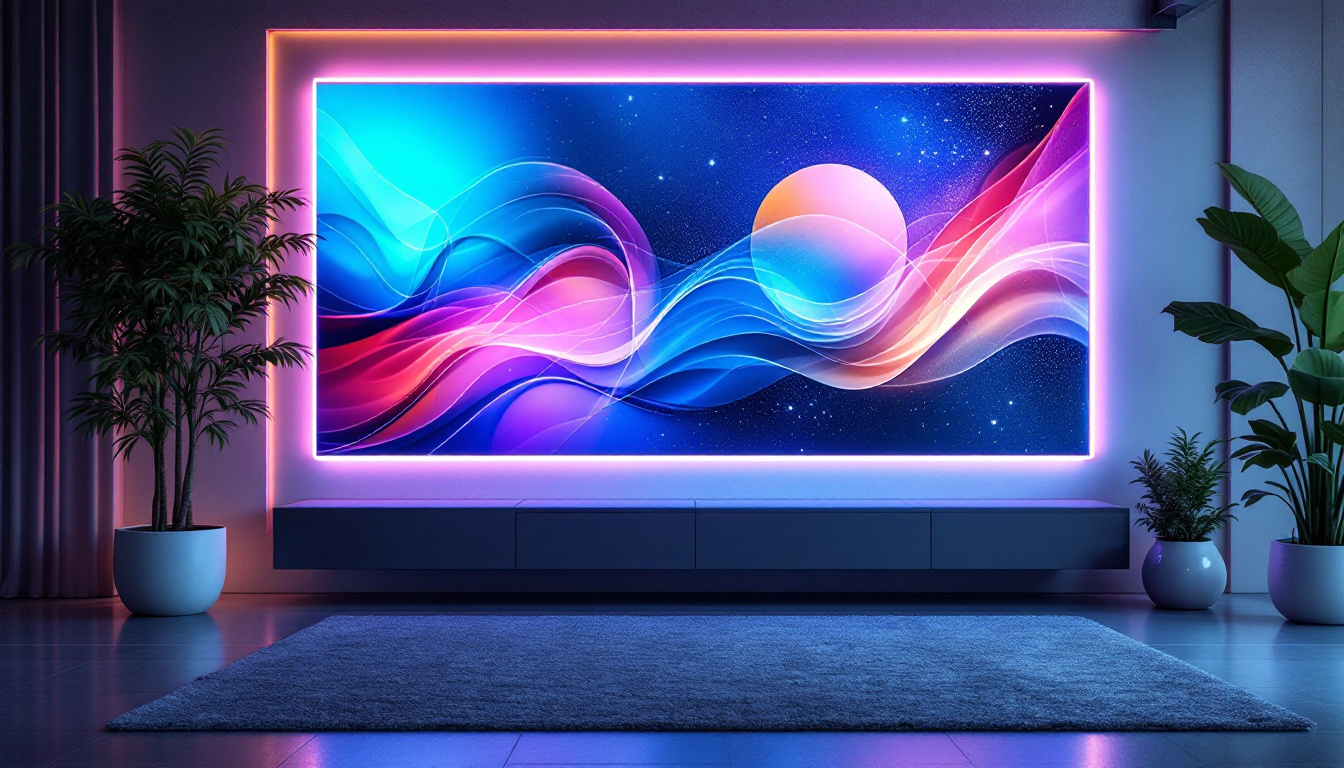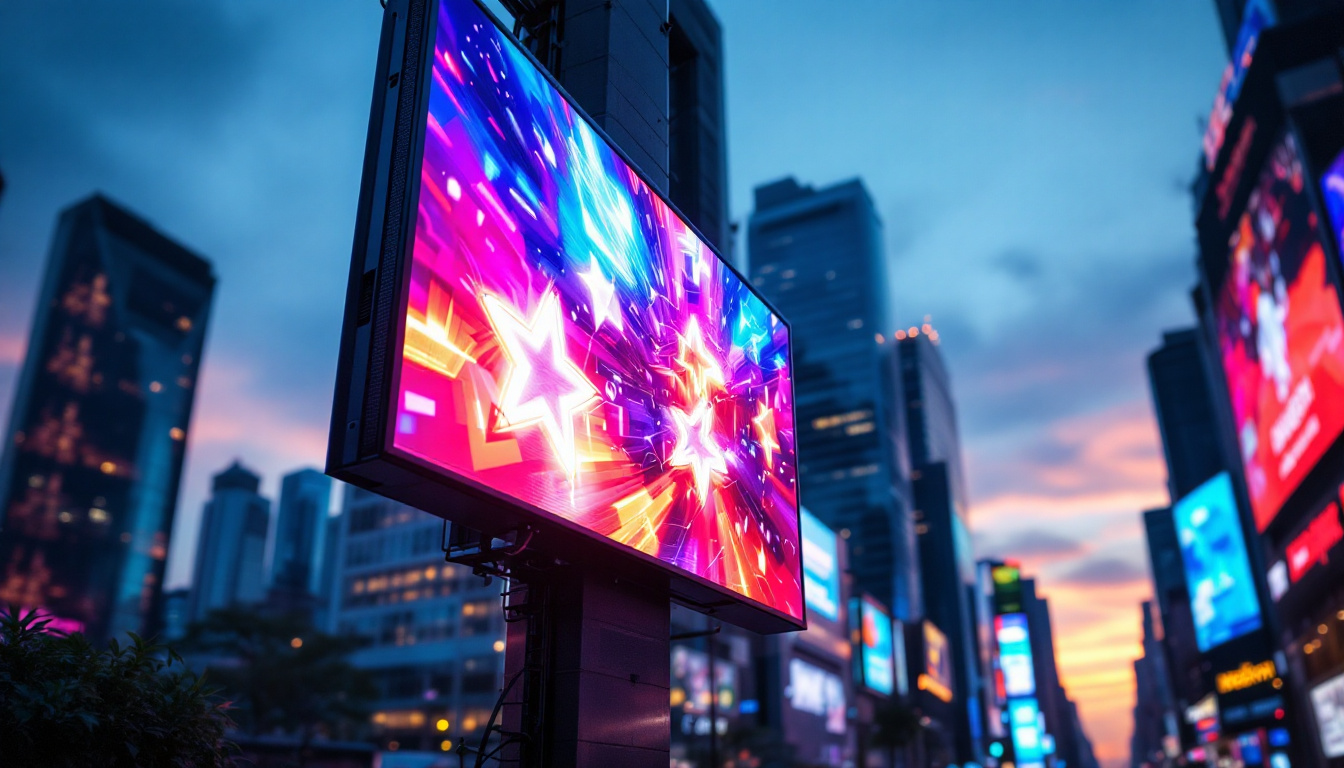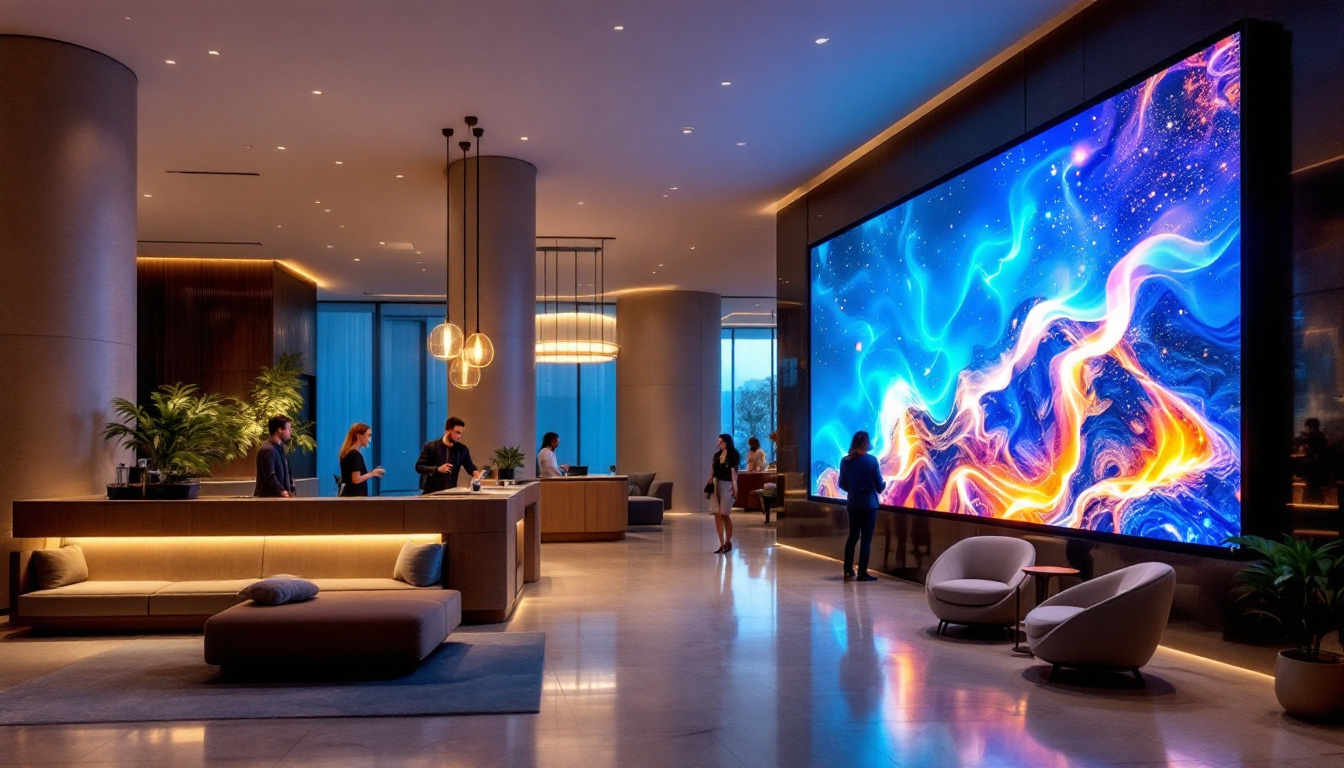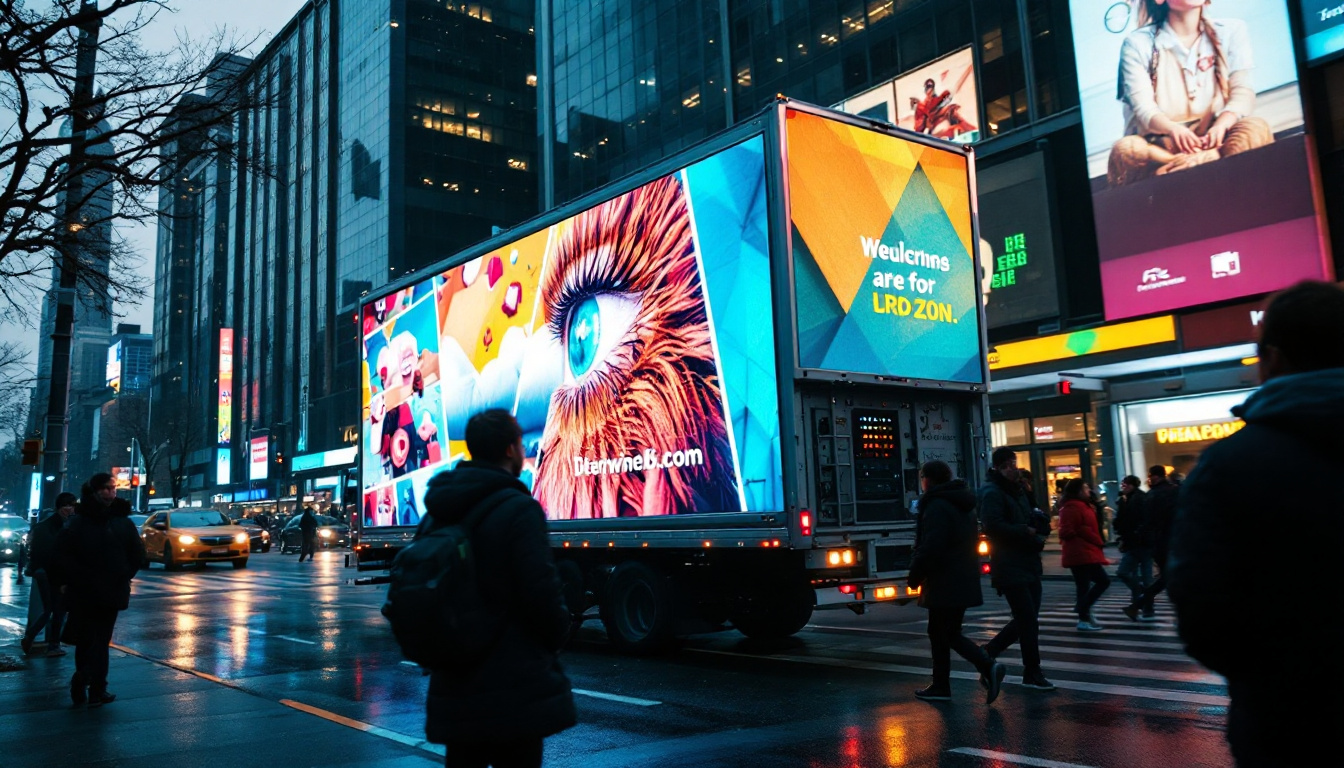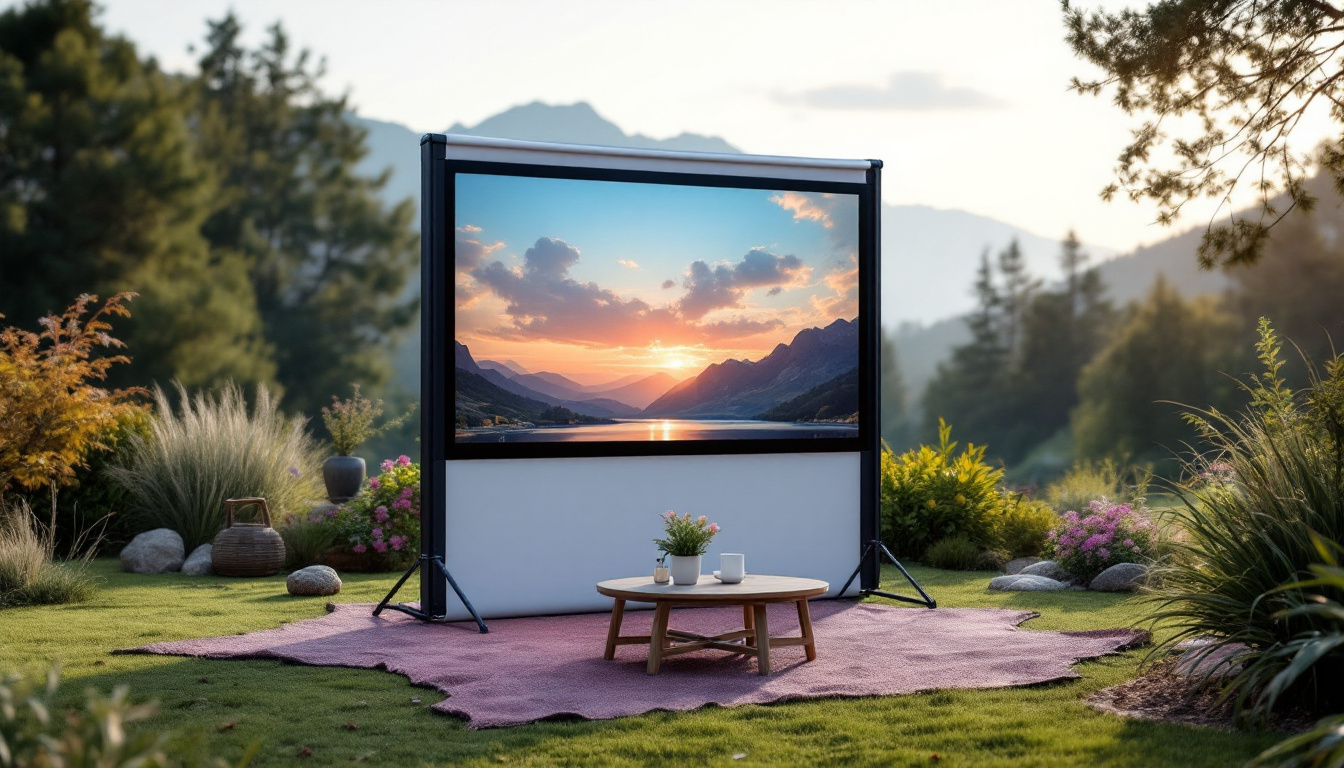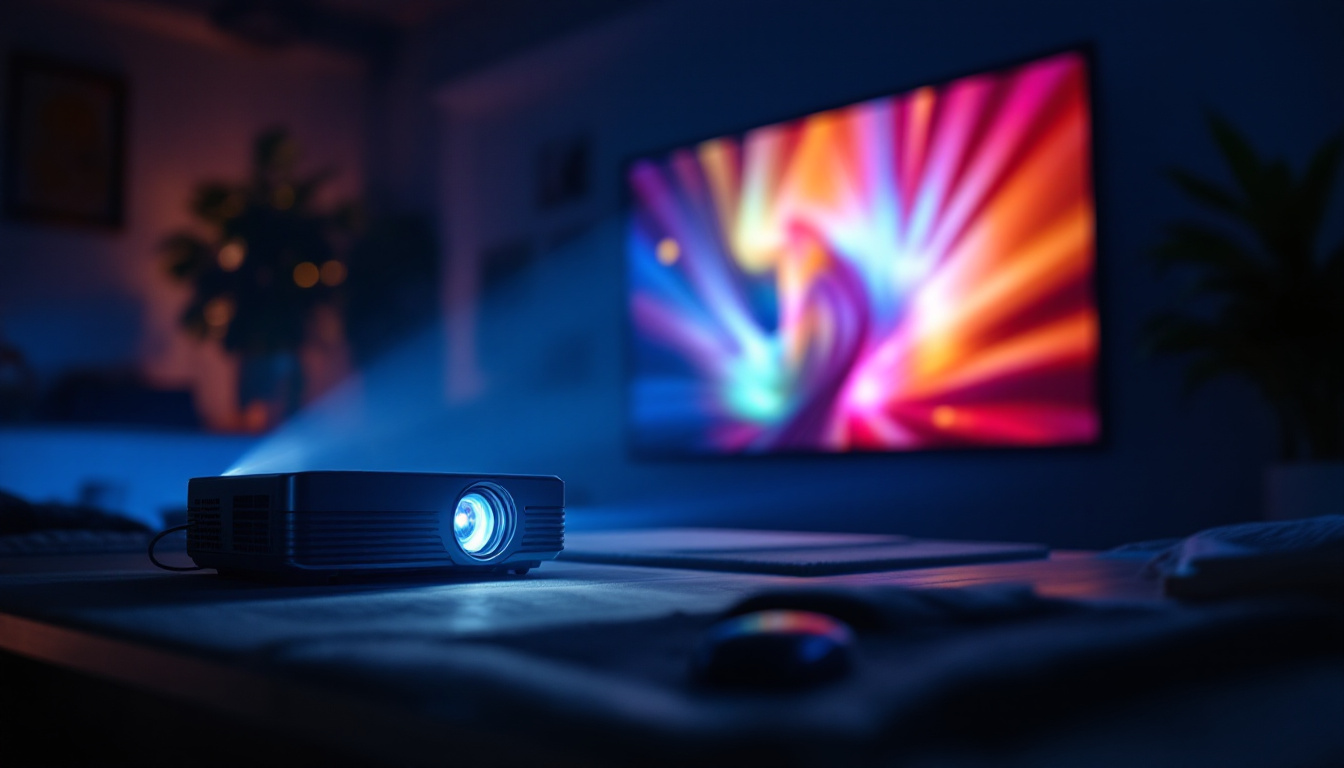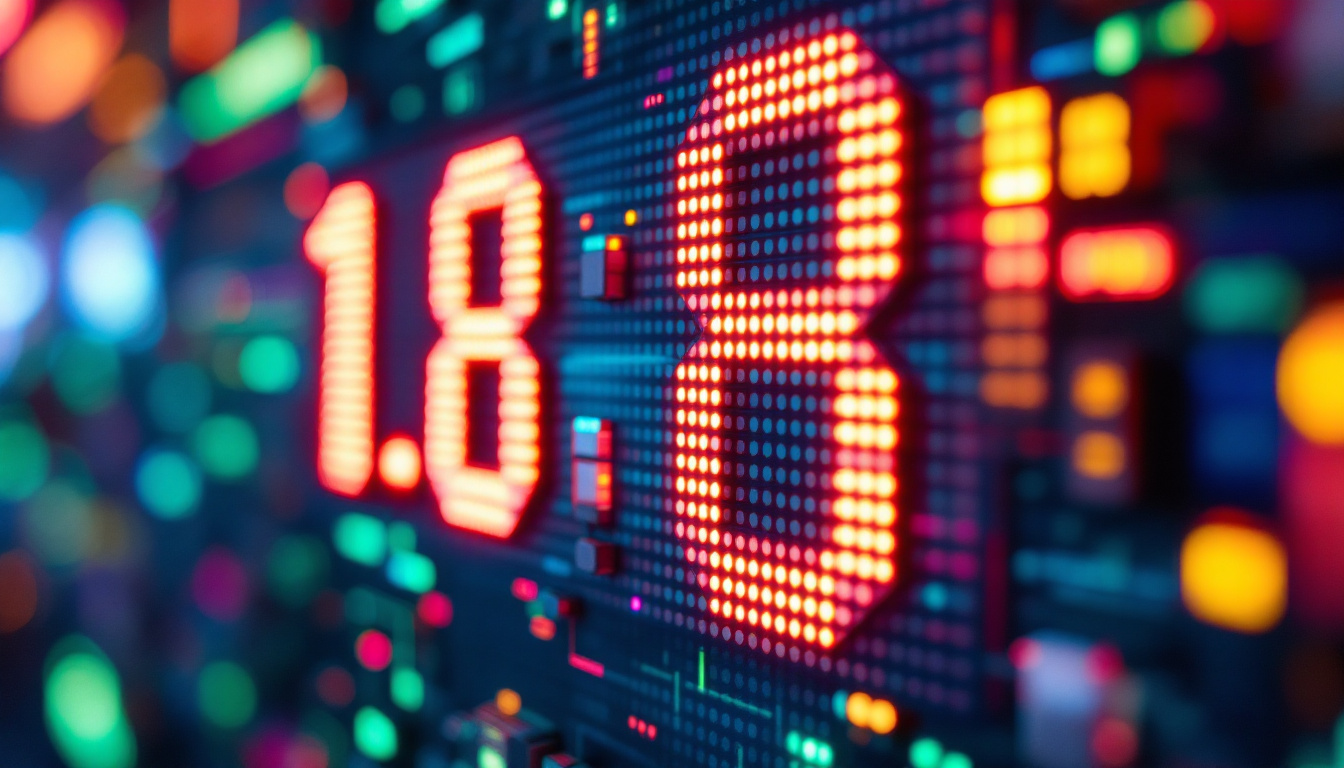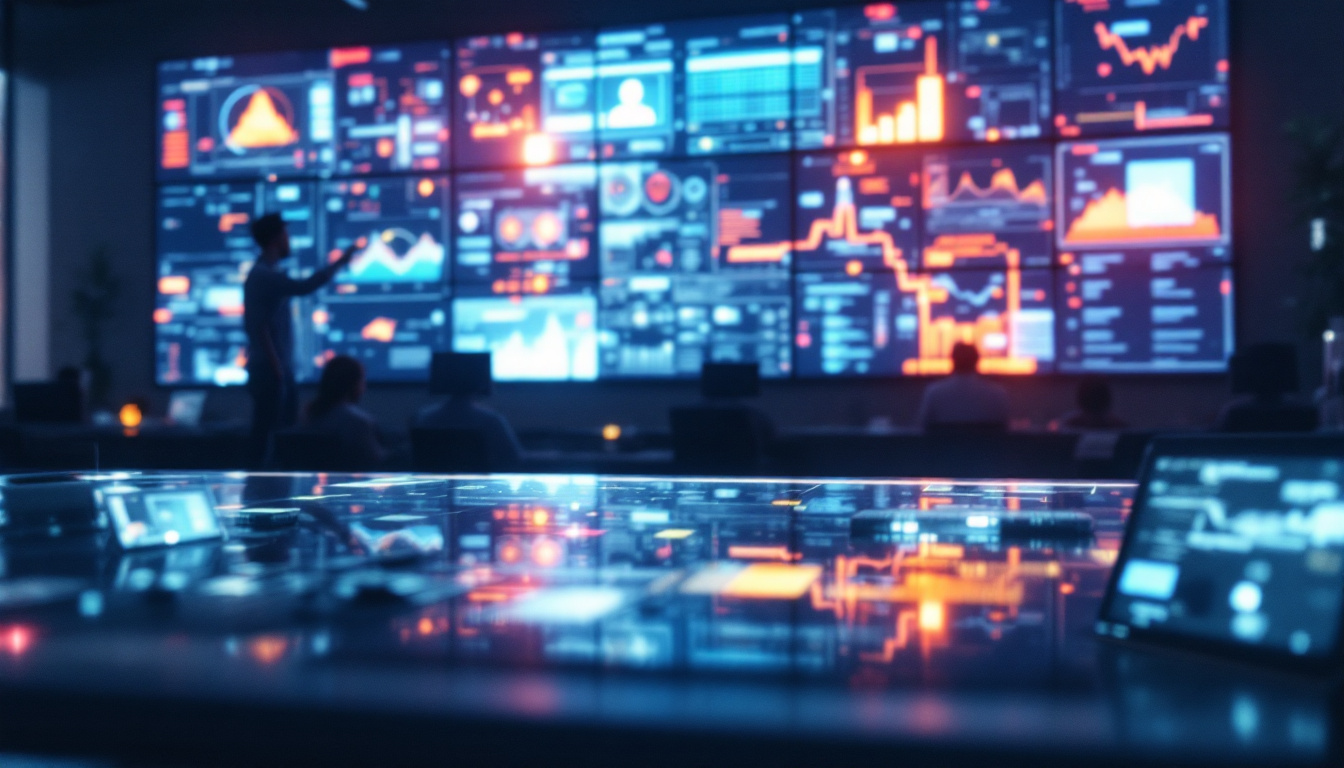In today’s fast-paced digital world, the demand for high-quality visual displays is at an all-time high. Among the most popular technologies in this domain is the LED display, which has revolutionized the way information is presented. Perfect Plasma Co is at the forefront of this innovation, providing cutting-edge LED display solutions that cater to various industries. This article delves into the intricacies of LED displays, exploring their technology, applications, and advantages.
Understanding LED Display Technology
LED displays utilize light-emitting diodes (LEDs) to produce images and videos. Unlike traditional display technologies, such as LCD or CRT, LED displays offer superior brightness, color accuracy, and energy efficiency. This section will explore the fundamental components and working principles of LED displays.
Components of LED Displays
The primary components of an LED display include the LED modules, control systems, and power supplies. Each module consists of numerous tiny LEDs arranged in a grid, which work together to create vibrant images. The control system manages the input signals and ensures that the correct colors and brightness levels are displayed. Power supplies are crucial as they provide the necessary energy to the LEDs, ensuring optimal performance.
Moreover, LED displays can be categorized into two main types: direct view and rear projection. Direct view LED displays are composed of individual LEDs that emit light directly to the viewer, while rear projection displays use LEDs to illuminate a screen from behind. Each type has its unique advantages and is suited for different applications. For instance, direct view displays are often used in outdoor advertising and stadiums due to their high brightness and visibility in sunlight, while rear projection displays are commonly found in corporate settings for presentations and video conferencing, where space and viewing angles are critical.
How LED Displays Work
The operation of an LED display is based on the principle of pixelation. Each pixel on the screen is made up of red, green, and blue (RGB) LEDs. By adjusting the intensity of each color, a wide spectrum of colors can be produced. This pixel-based approach allows for high-resolution images and smooth video playback.
When a video signal is received, the control system decodes the information and sends it to the appropriate pixels. The LEDs then light up in various combinations to create the desired image. This rapid switching of pixels enables LED displays to refresh quickly, making them ideal for dynamic content such as advertisements and live broadcasts. Additionally, advancements in technology have led to the development of smart LED displays that incorporate features like touch sensitivity and interactivity, enhancing user engagement. These displays can adapt to their environment, adjusting brightness based on ambient light, which not only improves visibility but also conserves energy, making them an eco-friendly option for modern applications.
Applications of LED Displays
LED displays have found applications across a multitude of sectors, ranging from advertising to entertainment and beyond. Their versatility and adaptability make them an attractive option for various use cases. This section will highlight some of the most common applications of LED displays.
Advertising and Marketing
One of the most prominent uses of LED displays is in advertising. Billboards and digital signage equipped with LED technology can capture the attention of passersby with bright colors and moving images. These displays are often used in high-traffic areas such as shopping malls, airports, and city centers, where they can effectively convey promotional messages to a large audience.
Furthermore, LED displays allow for dynamic content updates, enabling advertisers to change their messages in real-time. This flexibility not only enhances marketing strategies but also maximizes return on investment by targeting specific demographics at optimal times.
Entertainment and Events
In the entertainment industry, LED displays have become a staple for concerts, festivals, and sporting events. Large-scale LED screens are often set up to provide audiences with an immersive experience, displaying live feeds, graphics, and animations that enhance the overall atmosphere.
Moreover, LED technology has made its way into theaters, where it is used for stage backdrops and lighting effects. The ability to create vibrant visuals in real-time allows for more creative storytelling and audience engagement.
Corporate and Educational Use
LED displays are also increasingly being utilized in corporate environments and educational institutions. In offices, they serve as digital signage for internal communications, displaying important announcements, schedules, and company news. This enhances information dissemination and keeps employees informed.
In educational settings, LED displays can be used in classrooms and auditoriums to present lectures, multimedia presentations, and interactive learning materials. Their clarity and brightness ensure that content is easily visible, even in well-lit environments, making them an effective teaching tool.
Advantages of LED Displays
The rise of LED displays can be attributed to their numerous advantages over traditional display technologies. Understanding these benefits can help organizations make informed decisions when investing in display solutions. This section will outline the key advantages of LED displays.
Energy Efficiency
One of the most significant advantages of LED displays is their energy efficiency. Compared to traditional lighting technologies, LEDs consume significantly less power while providing higher brightness levels. This not only reduces energy costs but also minimizes the environmental impact, making LED displays a more sustainable choice.
Additionally, the long lifespan of LEDs—often exceeding 50,000 hours—means that organizations can save on maintenance and replacement costs over time. This durability is particularly beneficial for installations that require continuous operation, such as digital billboards and event displays.
Brightness and Visibility
LED displays are renowned for their exceptional brightness, making them suitable for both indoor and outdoor applications. Their high luminance levels ensure that content remains visible even in direct sunlight, a critical factor for outdoor advertising and signage.
Moreover, LED displays maintain color accuracy and contrast, providing a superior viewing experience. This is particularly important for applications that require precise color reproduction, such as digital art displays and video presentations.
Flexibility and Customization
Another advantage of LED displays is their flexibility in design and installation. They can be manufactured in various shapes and sizes, allowing for creative configurations that suit specific environments. This adaptability makes them ideal for unique architectural applications, such as curved displays or large-scale video walls.
Furthermore, LED technology supports a wide range of content formats, including static images, videos, and animations. This versatility enables organizations to tailor their messaging and branding to meet their specific needs, enhancing engagement with their target audience.
Challenges and Considerations
Despite their many advantages, LED displays are not without challenges. Organizations must consider several factors when implementing LED technology to ensure successful integration into their operations. This section will discuss some of the common challenges associated with LED displays.
Initial Investment Costs
The initial investment for LED displays can be relatively high compared to traditional display technologies. While the long-term savings on energy and maintenance can offset these costs, organizations must be prepared for the upfront expenditure. Careful budgeting and planning are essential to ensure that the investment aligns with the organization’s financial capabilities and goals.
Additionally, organizations should consider the potential return on investment (ROI) when evaluating LED display options. This includes assessing the expected increase in customer engagement, brand visibility, and overall sales performance resulting from the new display technology.
Technical Expertise and Maintenance
Implementing LED displays may require specialized technical expertise for installation and maintenance. Organizations may need to hire skilled professionals or partner with experienced vendors to ensure that the displays are set up correctly and functioning optimally.
Regular maintenance is essential to keep LED displays in top condition. This includes cleaning, calibration, and software updates to ensure that the displays continue to perform at their best. Organizations should factor in these ongoing maintenance requirements when planning their LED display strategy.
The Future of LED Displays
As technology continues to evolve, the future of LED displays looks promising. Innovations in LED technology are paving the way for even more advanced display solutions that will further enhance user experiences. This section will explore some of the trends shaping the future of LED displays.
Advancements in Display Technology
Recent advancements in LED technology, such as microLED and OLED, are pushing the boundaries of what is possible with displays. MicroLED technology offers higher resolution and better color accuracy, while OLED provides deeper blacks and improved contrast ratios. These innovations are expected to lead to more immersive and visually stunning displays in the coming years.
Moreover, the integration of artificial intelligence (AI) and machine learning into display technology is set to revolutionize content management and personalization. AI can analyze viewer behavior and preferences, allowing for tailored content delivery that enhances engagement and effectiveness.
Growing Demand for Interactive Displays
As audiences become more accustomed to interactive experiences, the demand for interactive LED displays is on the rise. These displays allow users to engage with content in real-time, creating a more dynamic and participatory experience. Applications range from interactive advertising to immersive educational tools that encourage active learning.
Organizations that embrace interactive LED displays can enhance customer engagement and create memorable experiences that resonate with their audiences. This trend is expected to continue growing as technology advances and consumer expectations evolve.
Conclusion
LED displays have transformed the way information is presented across various industries, offering unparalleled brightness, energy efficiency, and versatility. Perfect Plasma Co stands at the forefront of this technological revolution, providing innovative solutions that meet the diverse needs of businesses and organizations.
As technology continues to evolve, the future of LED displays promises even more exciting advancements, from improved display technologies to interactive experiences. By understanding the benefits and challenges associated with LED displays, organizations can make informed decisions that enhance their communication strategies and drive engagement with their audiences.
In a world where visual communication is paramount, investing in LED display technology is not just a trend—it’s a strategic move towards a more engaging and effective way to connect with the audience.
Discover the Future of Visual Communication with LumenMatrix
Ready to elevate your visual impact? Embrace the future with LumenMatrix’s comprehensive range of LED display solutions. From the immersive Indoor LED Wall Display to the dynamic Outdoor LED Wall Display, and from the versatile Vehicle LED Display to the innovative LED Transparent Display, LumenMatrix is committed to revolutionizing your visual experience. Whether you’re looking to captivate passersby with a Custom LED Display or engage sports fans with a high-definition LED Sports Display, our cutting-edge technology is designed to deliver your message with unparalleled clarity and vibrancy. Check out LumenMatrix LED Display Solutions today and transform the way you communicate with your audience.

